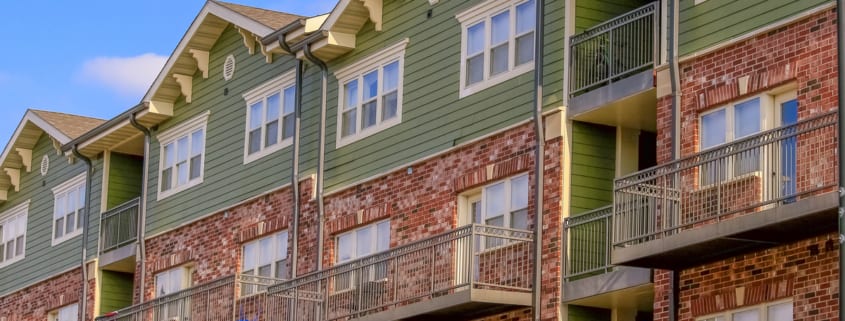Why Multifamily Investors Are Interested in Secondary and Tertiary Markets
In 2019, 55% of multifamily properties that have been purchased were located in secondary and tertiary markets – up from 43% a decade ago. As today’s multifamily market becomes more competitive, many investors are seeking investment opportunities outside of primary markets. For investors seeking alternative investment opportunities, the growth of secondary markets coupled with the expanding economies of smaller cities are driving their interest. These types of investments offer reasonable investment costs and attractive ROI. Additionally, as commercial real estate values in the nation’s top-tier cities reach an all-time high, the strong economic fundamentals of secondary markets are causing investors to shift towards smaller markets – and to spend more capital there.
Read ahead to learn about secondary and tertiary markets and why they are becoming a top interest for multifamily investors.
Decreasing Vacancy Rates
The strong and consistent demand for apartment living has created an atmosphere in which investors feel comfortable investing in properties in secondary and tertiary markets. Within the past decade, vacancy rates in primary markets have decreased by 2% to 3.4%. On the other-hand secondary and tertiary markets have seen more significant decreases in the past 10 years. The vacancy rate of secondary markets fell from 6.6% to 3.8% and tertiary markets fell from 7.2% to 4.8% during the same timeframe.
Increasing Rent Growth
Secondary and tertiary markets heavily dominate multifamily rent growth and increases during Q1 2019. In these markets, there is enough of a buffer to raise rent without burdening tenants. While the rent performances of major U.S. apartment markets narrowed in 2018, the 10 top-performing secondary and tertiary markets experienced increases of 5.4% or more. Additionally, the best performing multifamily markets in 2019 include Wilmington, NC, Pensacola, FL, and Odessa, TX – each of which are secondary or tertiary markets with higher-than-average employment rates, strong demographic trends, and exponential job growth.
Higher Yields and Cap Rates
Today, many investors are having difficulties finding multifamily properties with low costs of entry and an attractive risk-adjusted return. In order to achieve the higher returns that they seek, more and more multifamily investors are beginning to venture outside of primary markets and into higher-yielding property subtypes in secondary and tertiary markets. In fact, CBRE reports that, depending on the market and the product type, the yield on assets in secondary markets can be anywhere from 75 to 100 basis points wider than that of assets in primary markets.
Additionally, secondary and tertiary markets have significantly higher capitalization rates than that of primary markets. According to Marcus & Millichap, the average cap rate in secondary and tertiary markets is 5.3% and 7.0%, respectively. In contrast, the average cap rate in primary markets is about 4.1%.
Although risks are inherent when buying into smaller markets, multifamily investors are becoming more comfortable investing in secondary and tertiary markets. The property fundamentals, strong economies, and smaller equity requirements associated with smaller markets provide investors with a broader playing field. Amidst questions of whether or not secondary and tertiary markets have enough staying power to remain an attractive investment option in the long-term, investors continue to gain interest in these smaller markets.
Read Is Poor Infrastructure the Achille’s Heel of Secondary CRE Market Growth for more information about secondary markets.











